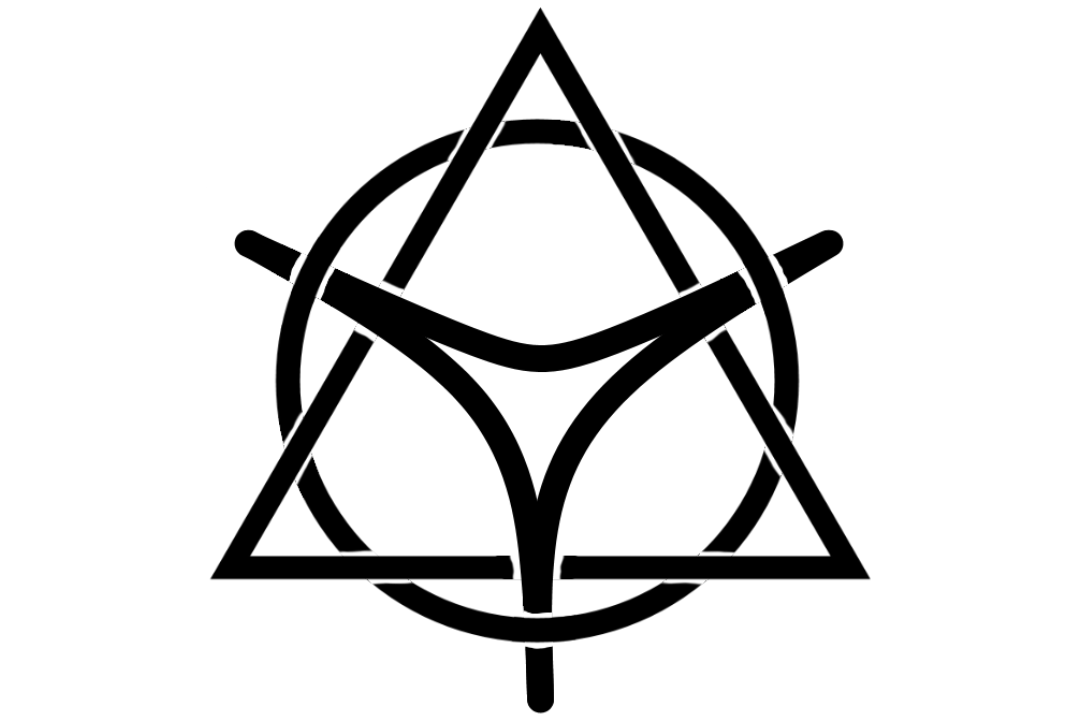Chamomile is a plant that is associated with many mythologies, from sun worship to protecting the house against thunder and lightning. It created a bit of a cult, crossing continents as a cure for insomnia and irritation, all for this for a smaller herb and tiny flowers. How much of that mythology is actually true? You will be surprised.
Southeast of the Mediterranean, the Early Egyptians would dedicate this plant to the sun god Ra as the yellow center looked like the sun and the petals like the sun’s rays. They would often crush the flower heads to create makeup to cure dermatitis, inflammation, and make their faces shine. The healing and beauty elements made it popular and the priests were quick to grow and use the flower.
Greek writers like Hippocrates, Dioscorides, and Galen would write about how this plant can be used to treat headaches, diseases of the kidney, bladder, and liver. It’s from the greeks that we get χαμομήλι (cam-o-mili) which refers to earth flower, as it smelled of apples when the flower heads were crushed into medicine. Further north on the border of modern-day Greece is Serbia, where many people used the flower heads like the Greeks and the Egyptians. They also noted that it reduced inflammation of both the skin and things underneath such as organs.
Meanwhile in India, those that got imported chamomile from trade routes established by Alexandar the Great also called it special. Specifically for our concerns, chamomile was noted to be anti-inflammatory, a sedative, and even reduce headaches.
As the Romans conquered Greece and parts of modern-day Germany, they would have encountered the plant. Their name for it would be chamomilla. As they encountered the Teutons, a germanic tribe, they would have noticed how they sacrificed Chamomile to their sun god Baldur for the same reasons as the Egyptians would have. Other local tribes like the Teutons would have woven a wreath of the flower, and hung it over their houses to avoid being struck down by thunder and lightning. Seeing the value, the spiritual and religious Romans transplanted the hardy flower to many other parts of the world including France. These people changing their language from Latin to early forms of french called old french changed the name to camomille with two Ls.
As French and English interactions brought the plant from Europe to the British isles, middle English changed the name again to camomile with one L. The English would have made it into tea and was one of the dominant drinks before actual tea leaves from India come into the region. After actual tea, the hot flower water seems to be a forgotten drink.
Fast forward to the more modern-day, and the plant is often just a small herbaceous, or herbal plant that is basically a smaller daisy. While some historically minded botanists such as myself might remember the glory days of a now mostly forgotten flower, most people leave their ponderings at this. I must ask if this is true? Is this flower truly so special that it formed its own little cult across continents and the ages? Is there something so special to it that the followers would feel that it represents their deities?
Our first clue is that something is going on in all the widespread historical patterns. It’s common for historians, almanac readers, and ethnobotanists to find claims that a plant will cure anything and everything. It’s normal for there to be patterns because there are so many claims as to what the plants can do. It’s weird that Egyptian, Greek, Serbian, Indian, Roman, Germanic, French, and English sources commonly cite that it’s good for the skin, a great relaxer, and it’s good for sleep. It is over 1000 years of consistent assumed value which does not happen often.
The second massive flag is that the biggest claims are interconnected. Sleep is hugely important, as that tends to influence the rest of human biology. Notable for us at the moment, is that nearly all skin dermatitis and inflammation heals faster when people have 8 hours of sleep. It’s at a point where getting enough sleep helps maintain skin elasticity and helps people wrinkle slower. If the kidneys, liver, or bladder tissues get irritated and inflamed that can cause people to wake up from the pain and not get restful sleep. Even the skin, kidneys, liver, and bladder are similar, as the surface tissue for each is similar so what affects one has a strong chance of affecting the others. Chamomiles are described as able to cure headaches and migraines, and one knew that it worked because you were sleeping more at night. It’s only natural that very strong teas were considered sedatives back then. If you could sleep better at night, you would not be so worried about lightning blasting your house away. All of the interconnection between the multiple symptoms and the singular solution can not be dismissed outright.
When various scientists grow, extract, and analyze the chemical compounds in Camomiles they have found some interesting things. Over 50% of extracted chemicals were volatile oils, as variations of bisabolols. Bisabolols are chemicals that not only are famous for coming from chamomile, it is also are known for being anti-inflammatory, and a sedative. They help the skin and sleep! Matricine, which is one of several known sesquiterpene is another major chemical, that is also anti-inflammatory.
While I could go further into detail, especially if you want another video on this, I have made my point. In various regions, the people noticed the benefits of the plant, and would often use religion as a way to remember the plant and why. While this created a bit of a cult around chamomile, it also preserved this wisdom so that future generations, such as us, could use the flower heads and be healed. It’s easy for people to dismiss religion as something from the past but I for one am grateful that this option has been preserved, for our benefit.
Is there another flower in faith I should cover? I would love to hear your comments down below. For even more interesting videos, subscribe for free, although paying me via MY SUBSCRIBESTAR helps me make videos faster. The script for this video can be found at my website JJBartel.com. Find links and sources in the description below. Until next time, let’s cultivate some greatness.
Harvard Formatted Sources:
Chauhan, E.S. and Jaya, A., 2017. Chamomile an Ancient Aromatic Plant-A Review. Journal of Ayurveda Medical Sciences, 2(4).
Kuhn, M.A. and Winston, D., 2000. Herbal therapy and supplements: a scientific and traditional approach. Lippincott Williams & Wilkins.
Marković, M., Pljevljakušić, D., Kojičić, K. and Cupara, S., 2020. Ethnopharmacological application of chamomile (Matricaria chamomilla L.) in the Pirot County of Southeastern Serbia. Archives of Pharmacy, 70(Notebook 4), pp.238-247.
Ross, S.M., 2008. Chamomile: a spoonful of medicine. Holistic Nursing Practice, 22(1), pp.56-57.
Walker, M., 2017. Why we sleep: Unlocking the power of sleep and dreams. Simon and Schuster.
Footage:
CINEMATIC B-ROLL | Lockdown Edit – Chamomile
Images:
https://en.wikipedia.org/wiki/Chamaemelum_nobile#/media/File:Chamaemelum_nobile.jpg
https://netervital.co.uk/blog/5-herbs-ancient-egypt
https://www.worldhistory.org/Greek_Medicine/
Baulder Image a screenshot from God Of War 4
https://i.pinimg.com/originals/92/1a/9a/921a9a4626ef3315b4f60f36a173eb2d.jpg


Well done! You have skillfully provided the needed information to follow your line of reasoning and you have done it in an entertaining way that was a pleasure to read. You make the details in the history interesting and substantially supportive of your ideas!